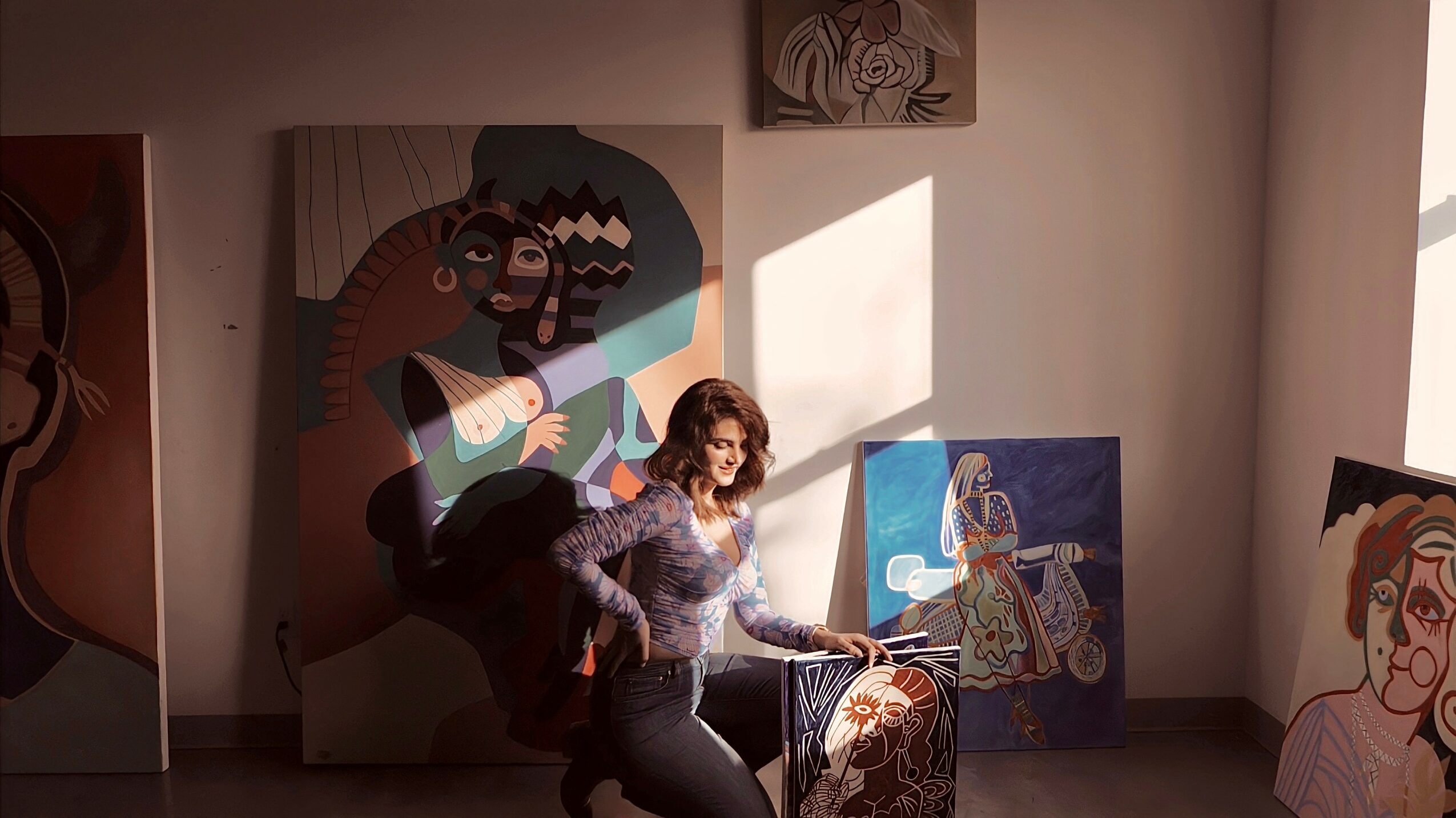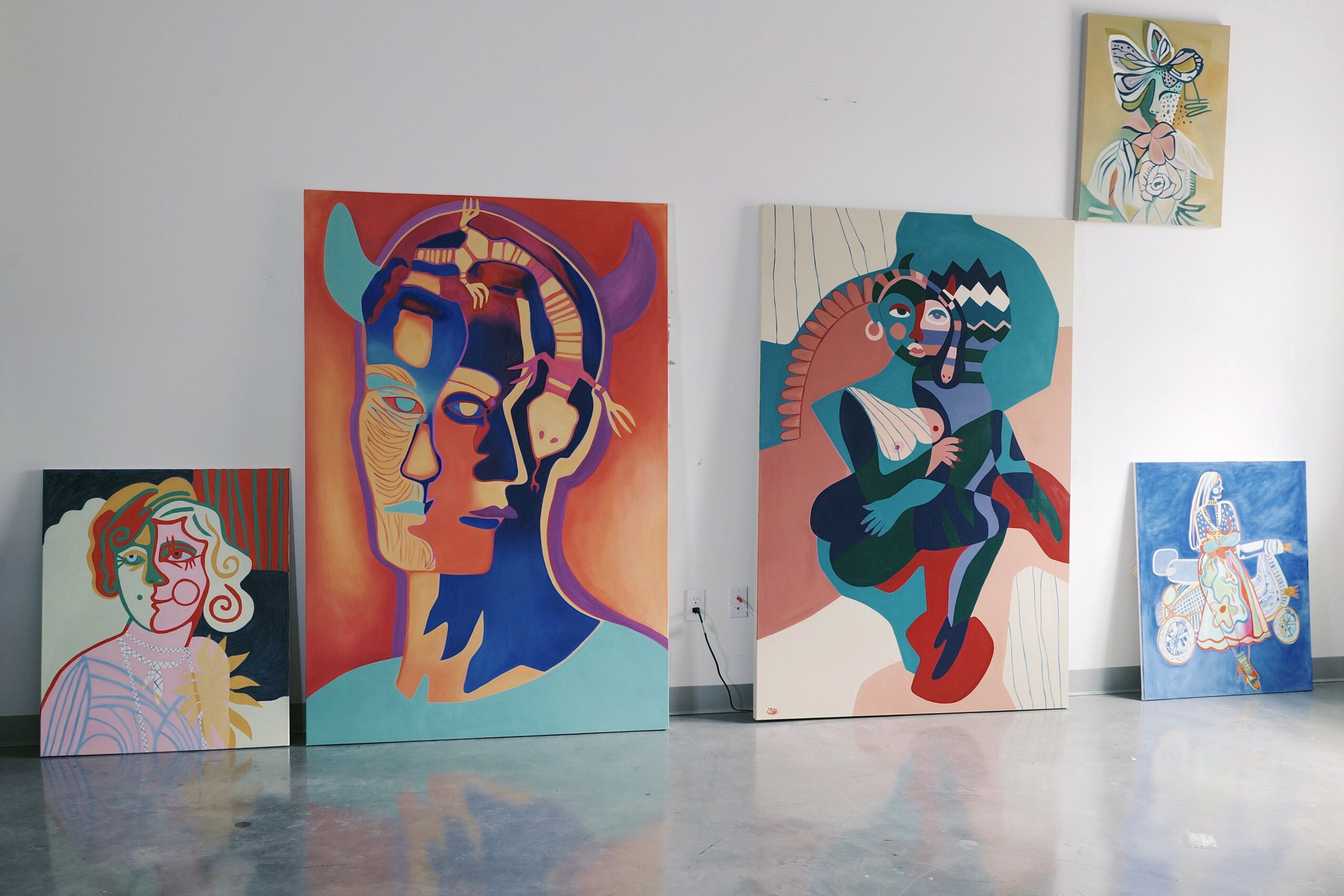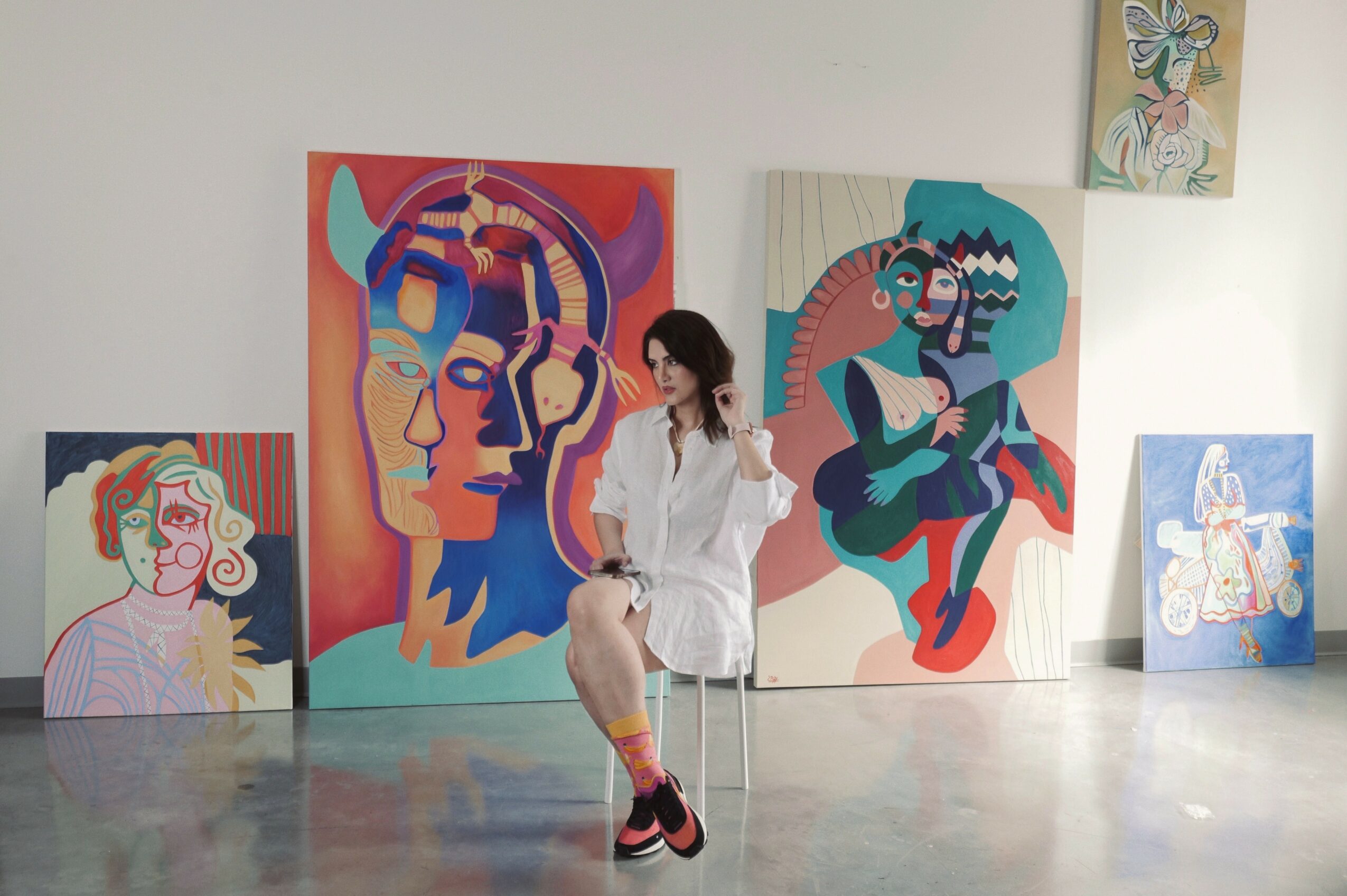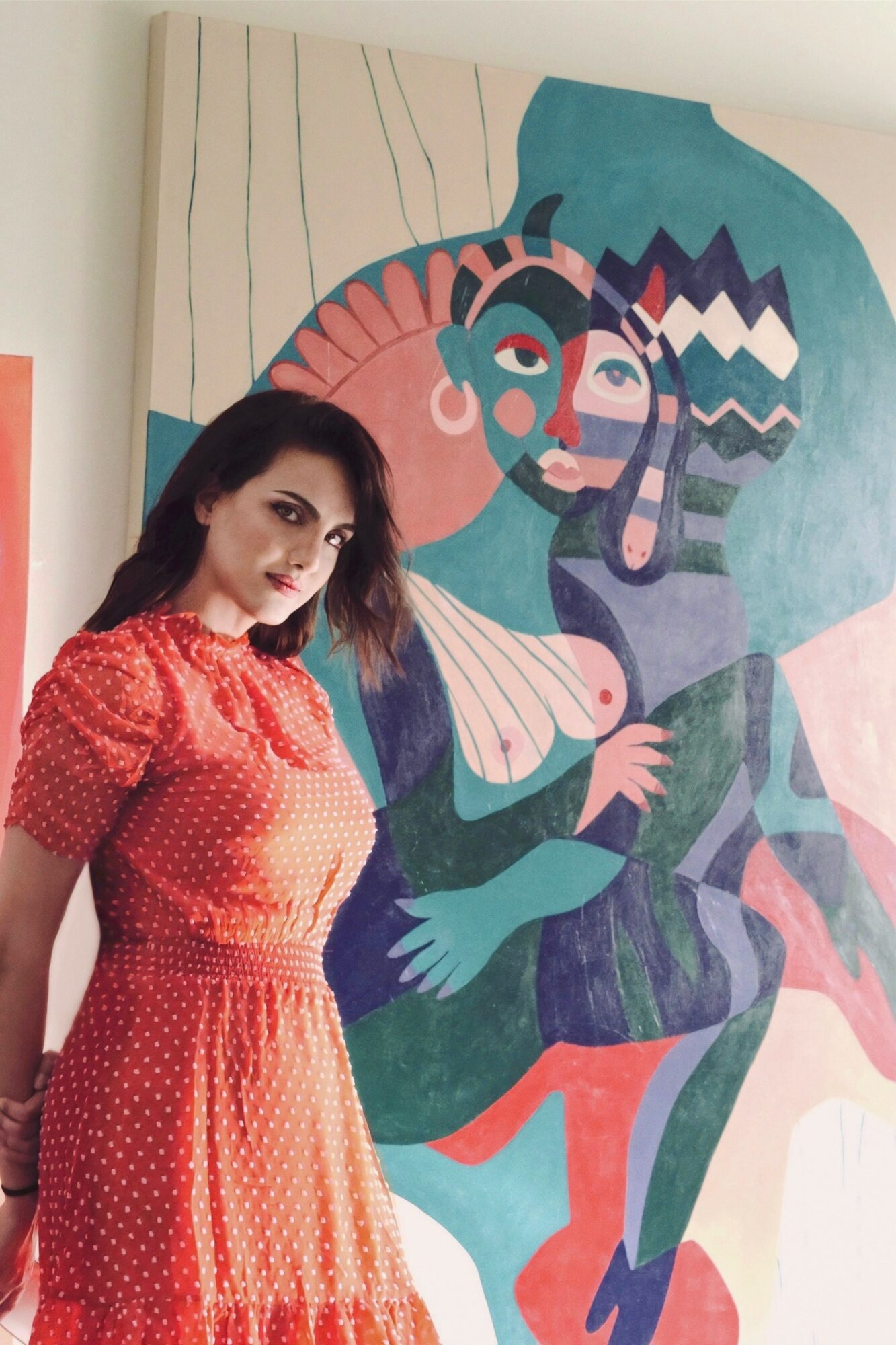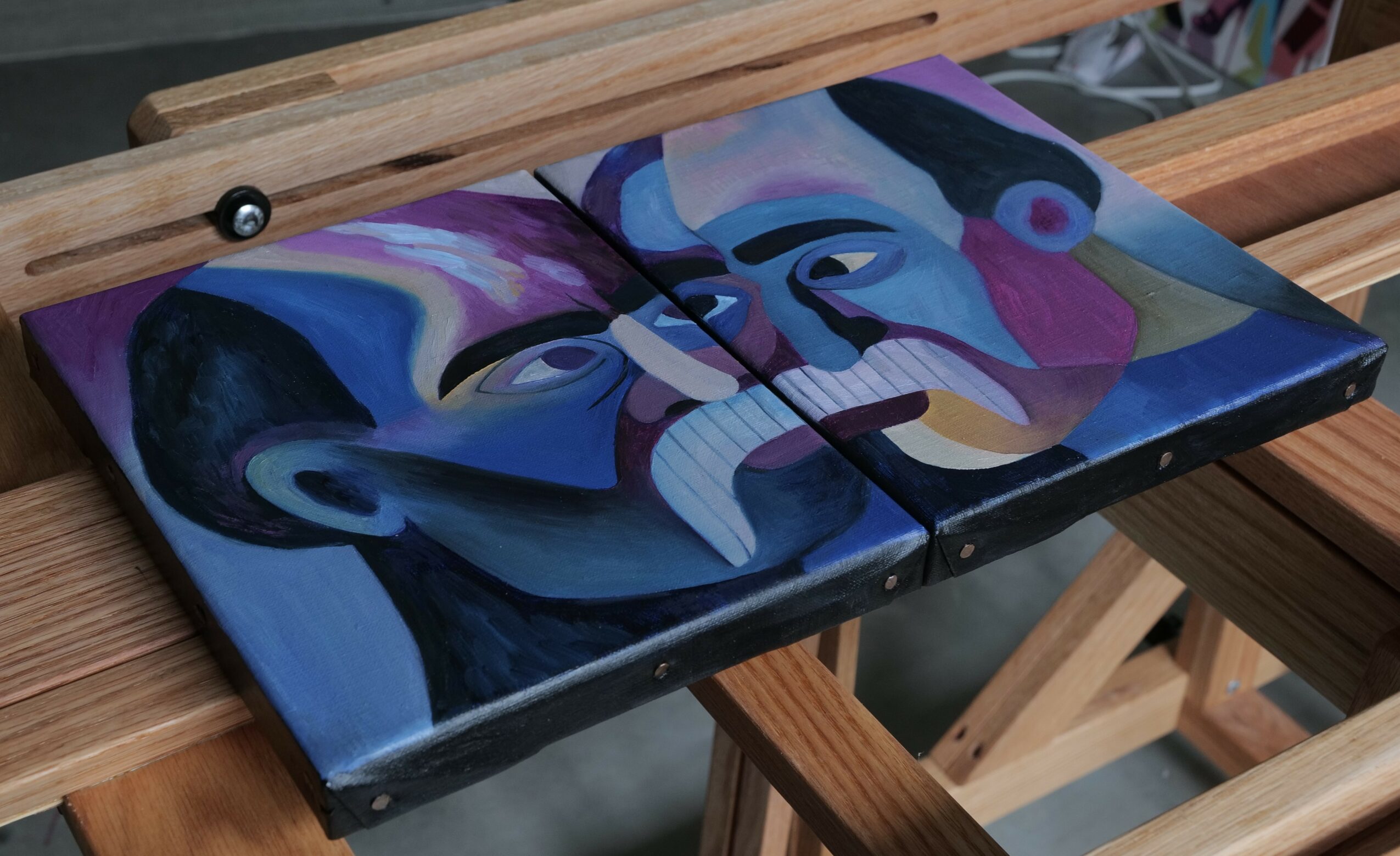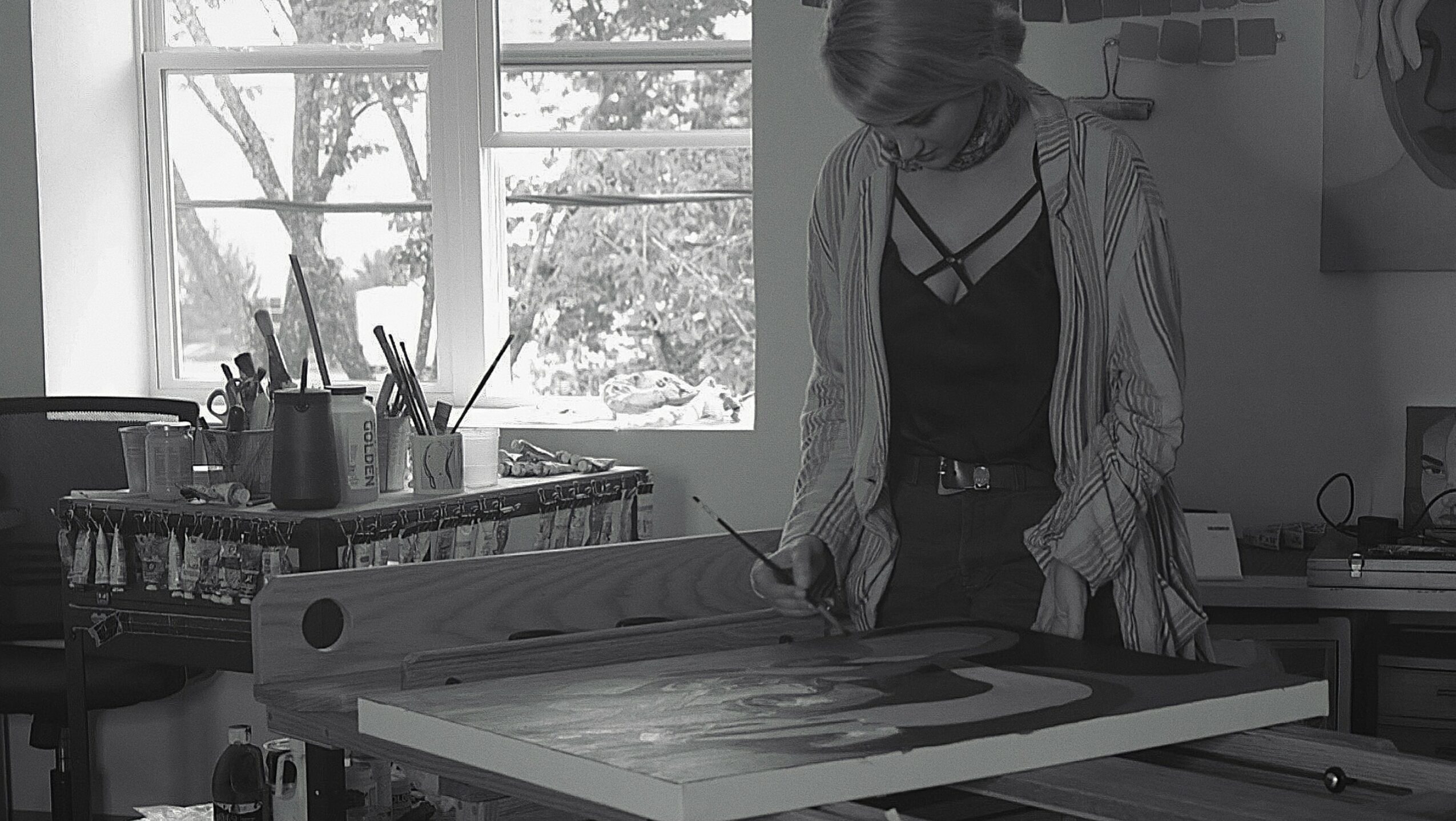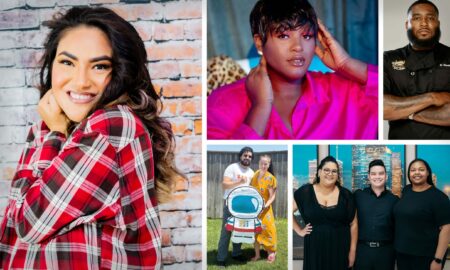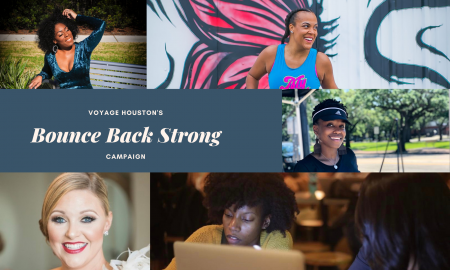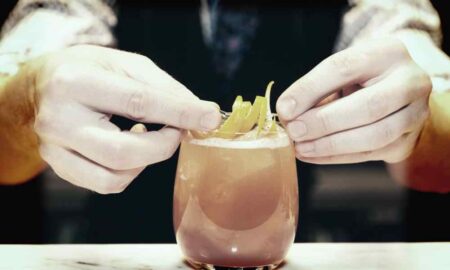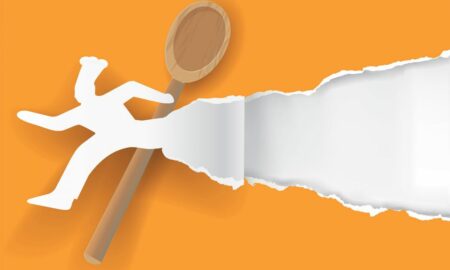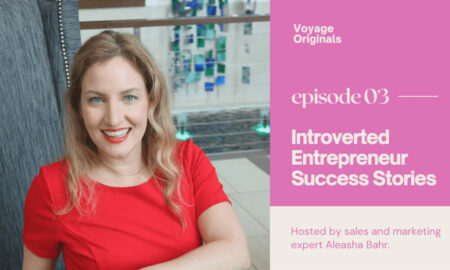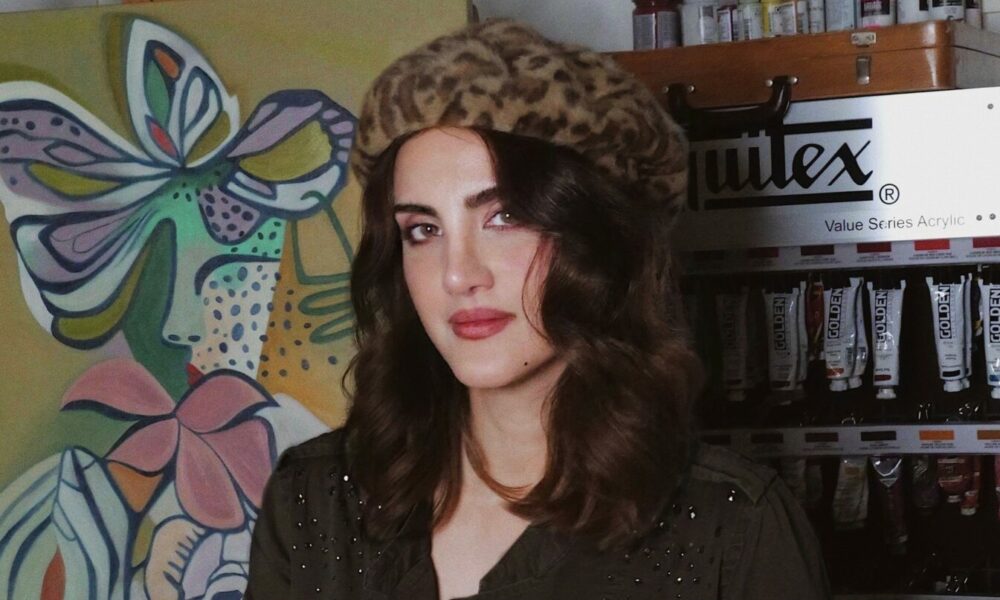

Today we’d like to introduce you to Pooneh Nik.
Hi Pooneh, we’re thrilled to have a chance to learn your story today. So, before we get into specifics, maybe you can briefly walk us through how you got to where you are today?
I had a passion for the arts for as long as I can remember. I grew up in an artistic family in Iran and would often craft stories with drawings in my free time. Art became my focus as I worked as a children’s book illustrator and art instructor. I began to enter the world of curated art and galleries; I had my first gallery exhibit in Shiraz, Iran. However, I hit a point where there was no longer room for growth; I wanted to expand my work as a profession and livelihood. So, on an impulse, I decided to move to the United States, where I saw the growth potential. I began my new career by going back to school. I attended the Academy of Art in San Francisco, where I studied 3D modeling and animation because I believed this is where most work opportunities in the art field were at the time. After my education, I felt a calling towards more traditional mediums. Though I did delve into digital painting because I view it as a positive medium for expressing creativity, I predominantly work with acrylic and oil. After spending some time around the country, I recently moved to Houston, where I have my studio in the museum district, and I hope to build connections around the city to showcase my work.
I’m sure you wouldn’t say it’s been obstacle free, but so far would you say the journey has been a fairly smooth road?
No, I faced many hardships. After I moved to the United States as an immigrant, I had to adjust to the foreign culture and adapt to the culture. The culture in Iran dictated how I worked. For example, women are generally shunned in professional environments, so it was challenging to succeed there. I chose to move my career forward and move to the United States as a way to escape societal limits on women, and I felt that the US had the most opportunities for upcoming artists, compared to Europe or Canada; Though I initially studied and got my degree in 3D modeling and animation, I felt that my true calling and passion was painting on traditional mediums. I made countless moves around the nation over my career, and, though it had been challenging, I can’t deny that it positively impacted my art; for example, thinking back to my time in the Pennsylvania countryside, my art had begun a dramatic transformation to include more natural elements that I noticed in my environment, or my time in New York and how the melting pot had diversified my art style and creativity. One challenge I faced was being seen; I was met with great resistance from galleries and their hesitance to showcase my work because I was a lesser-known artist. I know many artists who face this difficulty and find it hard to get into the art world. My recent investment into creating NFTs from my work is a remedy to this problem, as there are limited barriers within online art scenes compared to the competitive environment presented at physical galleries across the country.
Appreciate you sharing that. What else should we know about what you do?
As I have always faced many problems and obstacles, my work always reflected my challenges. Most of my work is very crowded and colorful; every color stands for emotion, each face represents a side of my life and thoughts. I see all the faces as an extension of mine, sometimes I see myself as a woman in the roaring twenties, and sometimes in the future, you can see this in my work oscillation. I feel no time periods, no specific emotions; I paint everything I am thinking and feeling at the moment. I combine these emotions with geometry, and I love nature; all my works involve some form of nature. I prefer portraying characters, especially painting women, over landscapes because I want what I create to be, as I said before, an extension of myself. Most people ask me why there is so much color and hidden symbols in my work, and I tell them it’s because I like my work to have lots of depth and the potential for interpretation and analysis. Persian mythology plays a significant role in my work as an homage to my heritage, with mythological characters, like the sphinx, often at the center of my paintings. I love sharing hidden stories in my art, getting people to think about my paintings when they look at them.
Alright, so to wrap up, is there anything else you’d like to share with us?
I guess my final message is to be authentic to yourself. It’s easy to fall into cookie cutters, especially in the art world. I personally always felt like I had to alter my work to make it marketable, but this way of thinking can damage your creativity in the long run. I think there will always be people who appreciate your art regardless of how you think the general public will receive it.
Contact Info:
- Email: illupoo@gmail.com
- Website: www.illupoo.com
- Instagram: https://instagram.com/illupoon?utm_medium=copy_link
- Other: https://opensea.io/illupoo
